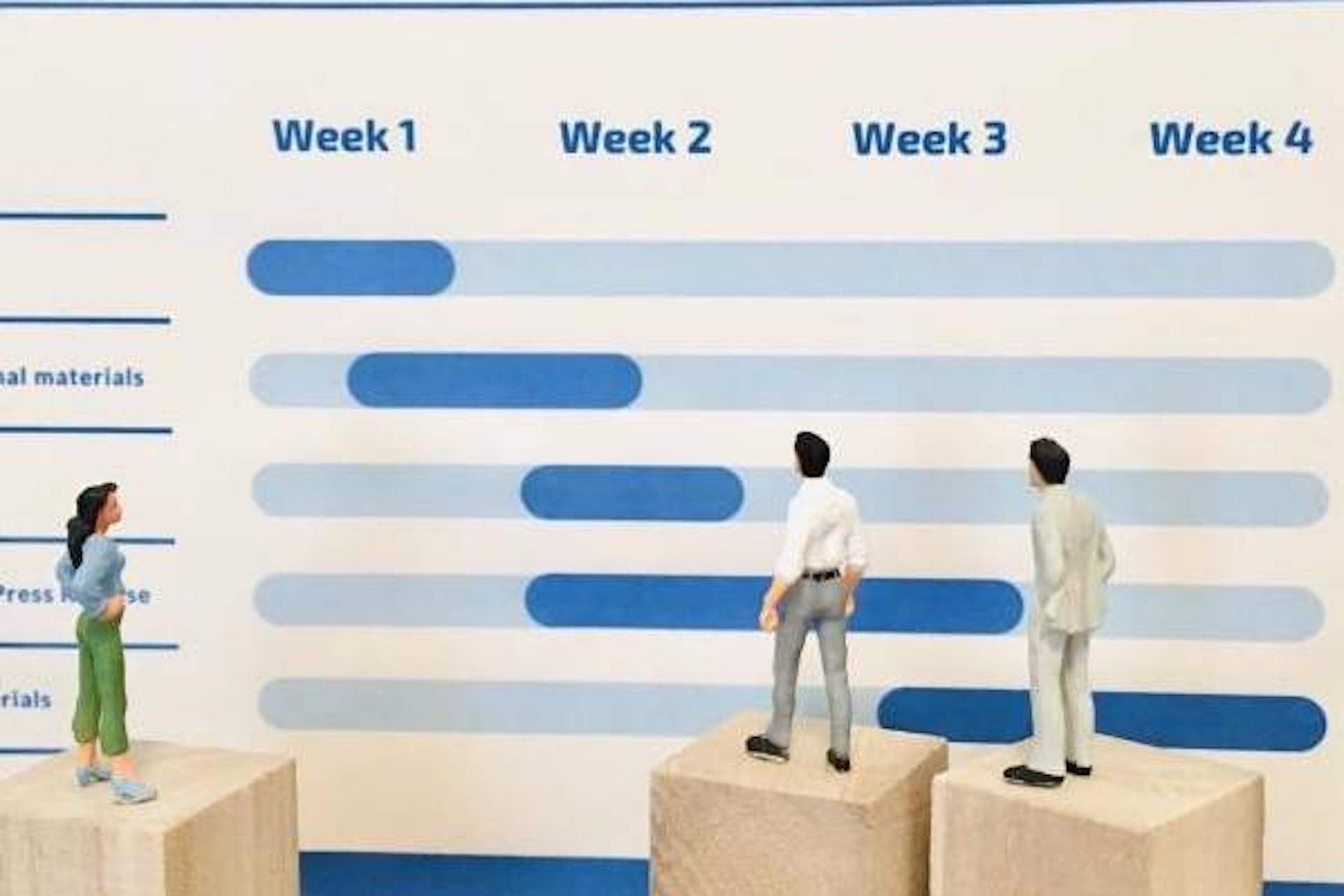Integrating Jenkins and Bitbucket with Jira for Seamless CI/CD Pipelines
In today’s fast-paced development environments, Continuous Integration and Continuous Deployment (CI/CD) are essential for delivering software efficiently. Integrating Jenkins, Bitbucket, and Jira Software creates a seamless pipeline that enhances traceability, automates workflows, and accelerates delivery.
Here is a quick guide on how these tools work together and how to set up the integration for maximum productivity.
Why Integrate Jenkins, Bitbucket, and Jira?
- Enhanced Traceability:
- Link code changes in Bitbucket and builds in Jenkins directly to Jira issues.
- Easily track which issues are resolved by specific code commits or deployments.
- Streamlined Workflows:
- Automate issue transitions in Jira based on Jenkins build results.
- Centralize all CI/CD activity within Jira for better visibility.
- Faster Delivery:
Reduce manual work with automated builds and deployments triggered directly from Bitbucket commits.
How the Integration Works
- Bitbucket acts as the code repository where your team manages branches, pull requests, and commits.
- Jenkins automates builds, tests, and deployments, triggered by changes in Bitbucket.
Jira provides issue tracking, linking every step in the pipeline to user stories, bugs, or tasks.
Setting Up the Integration
Step 1: Connect Jira and Bitbucket
- Link your Bitbucket repository to Jira using the native integration.
- Enable Smart Commits in Bitbucket to add Jira issue keys to commit messages. Example:
PROJ-123 Fixed a bug. - This automatically links commits and pull requests to corresponding Jira issues.
Step 2: Link Jenkins to Bitbucket
- Install the Bitbucket plugin in Jenkins to enable webhook triggers.
- Set up a Jenkins job to automatically start builds when changes are pushed to a branch or when a pull request is created.
Step 3: Integrate Jenkins with Jira
- Use the Jira plugin for Jenkins to send build results directly to Jira.
Configure build steps to update Jira issues automatically, such as transitioning an issue to “In QA” when a successful build is complete.
Use Case: A Seamless CI/CD Workflow
- Development in Bitbucket:
- A developer creates a branch from a Jira issue (e.g.,
PROJ-456) and pushes commits. - Smart Commits in Bitbucket link the changes to the issue in Jira.
- A developer creates a branch from a Jira issue (e.g.,
- Automated Build in Jenkins:
- Jenkins detects the new commit and triggers a build and automated tests.
- The build result (success or failure) is logged in Jira, updating the issue’s status.
- Deployment and Tracking:
If successful, the build is deployed to staging or production, and Jira is updated with the deployment details.
Best Practices for Integration
- Use Consistent Issue Keys: Include Jira issue keys in all commit messages to maintain traceability.
- Automate Transitions: Set up rules in Jira to automate issue status updates based on Jenkins build results.
Monitor Pipelines in Dashboards: Use Jira dashboards to display CI/CD metrics like build success rates or deployment frequency.
Conclusion
Integrating Jenkins, Bitbucket, and Jira bridges the gap between development and operations, creating a unified workflow that boosts productivity and reduces friction. By automating the CI/CD pipeline and maintaining end-to-end traceability, your team can deliver high-quality software faster and more efficiently.




